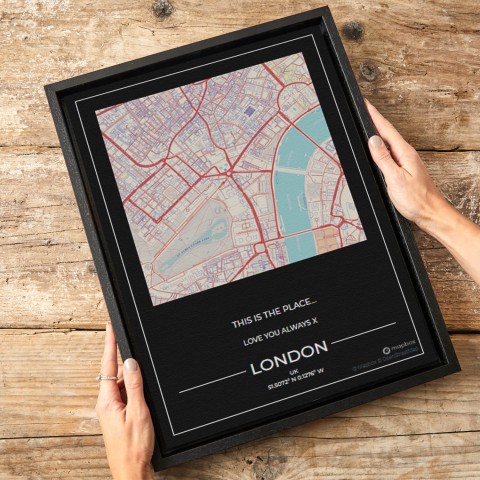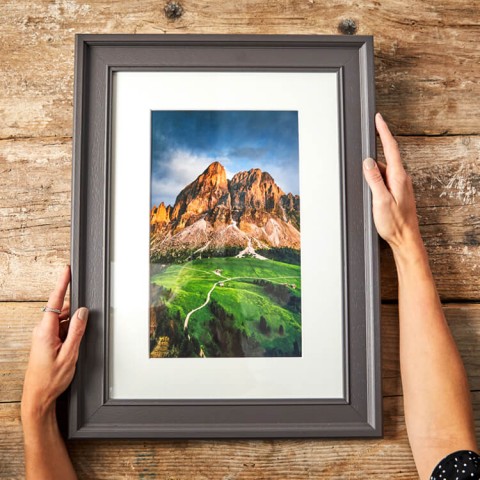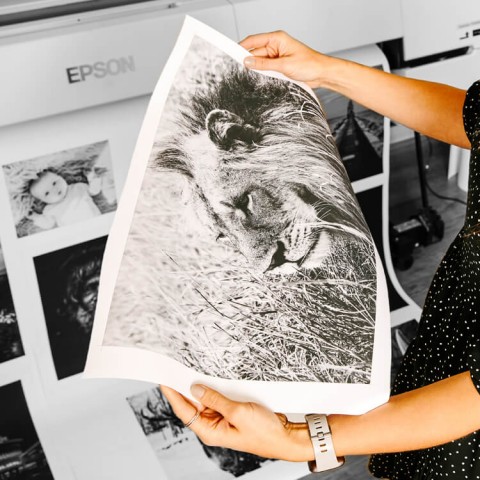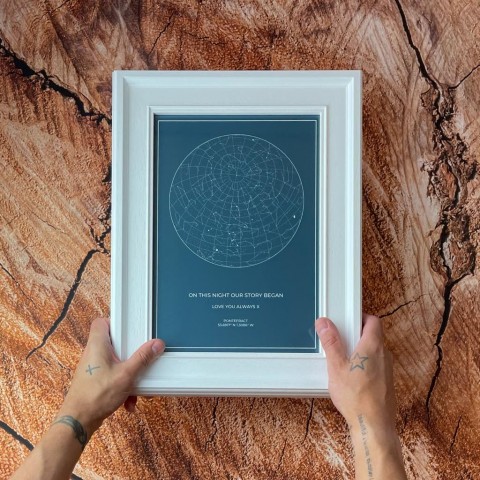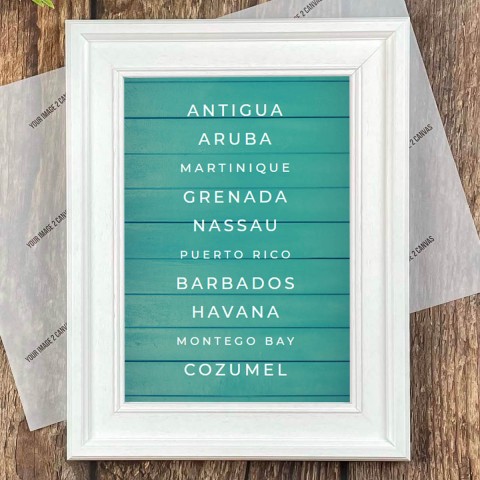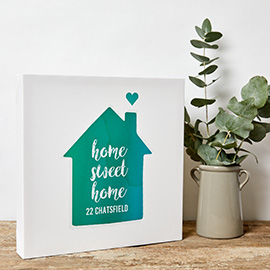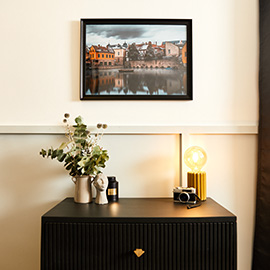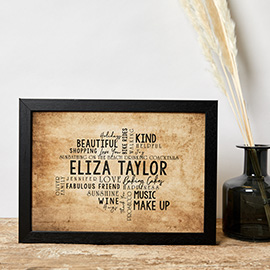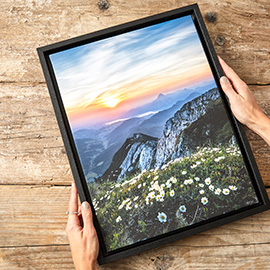The Lowdown on HDR – Part IIII
Throughout this series on HDR photography we've encouraged you to have a go at this fun technique so that you can breathe new life into your work. However, there are pitfalls that HDR newbies often fall into – so follow our guidelines if you want to ensure that your canvas prints have the WOW factor rather than OUCH factor!
Sliders to the max!
The most common mistake we see with HDR is in the processing. It's fairly easy to take 3 to 6 sharp exposures by bracketing on a tripod, but once you get those RAW files into the HDR software, it's not uncommon for all sense and taste to desert the beginner!
Take a look at the image below (you may want to wear sunglasses!) –it’s been processed from six exposures in Photoshop CS5's HDR program with about as heavy a hand as possible. The colours are massively oversaturated, there are halos around the edges, and nothing about it looks remotely realistic. The reason this probably happens is because image hosting sites are full of similarly processed photos fooling beginners into believing that this is what HDR should look like.

The biggest technical problem with overworking any shot you take is image degradation. You've already seen from our example that you risk excessive haloing, but you'll also have problems with noise in all areas of the image as well as potential loss of detail.
Now, let's have a look what happens when you pull those sliders back from the nuclear settings. Here we've processed the image to bring out as much of detail in the sky as possible and balance out the shadows. The colours are realistic, but the image still has some nice punch.
By all means play around with your images, but remember that if you want to hang canvases on your wall that will look creative rather than over the top, less is definitely more when it comes to post processing ─ especially with HDR.
What software to use?
Whilst there are dozens of standalone or plugin software options available, the two heavyweights are Nik's HDR Efex Pro and Photomatix. Both of these programs have an easy and intuitive interface with lots of presets to play around with. We've used Photoshop CS5's own HDR merge plugin for some of the images used in this series. It's a decent and cheap way to begin, but isn't as intuitive as either of the above programs.
You'll find that most of the presets with any software that you buy will tend towards the overcooked, but by following the guidelines we've set out, you'll soon get the hang of it.
Tags photography, art, canvas print



